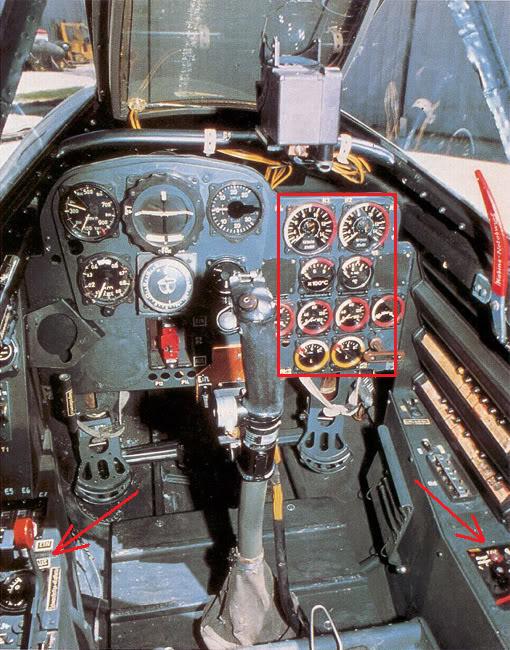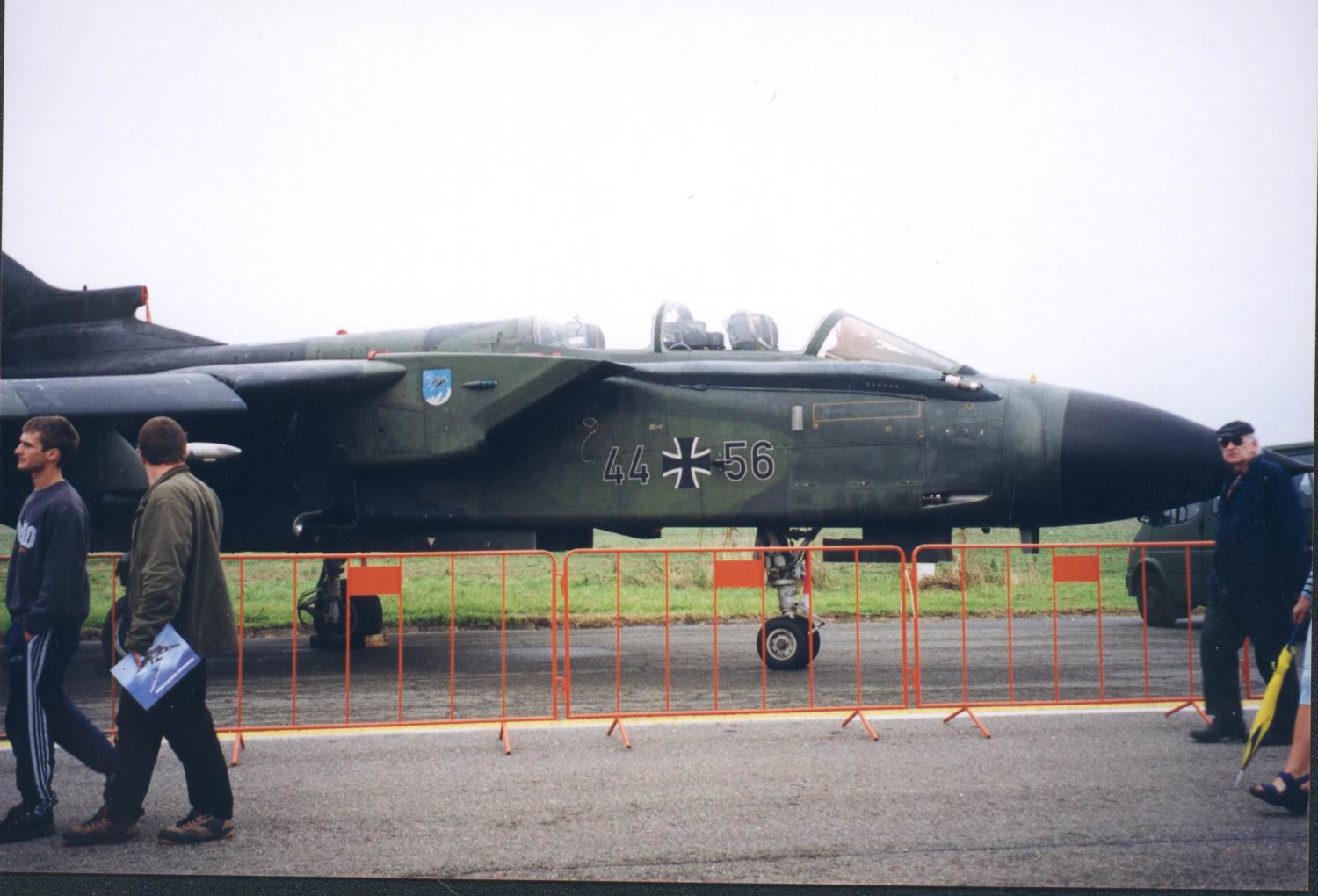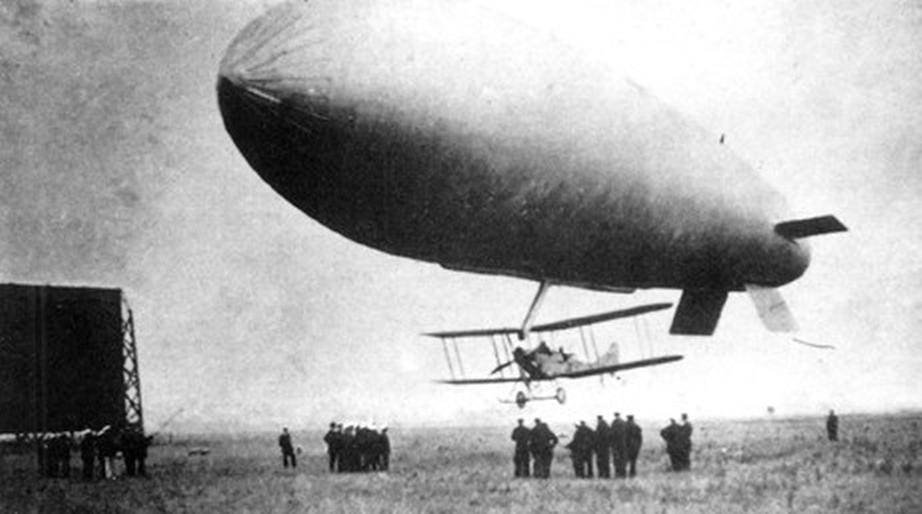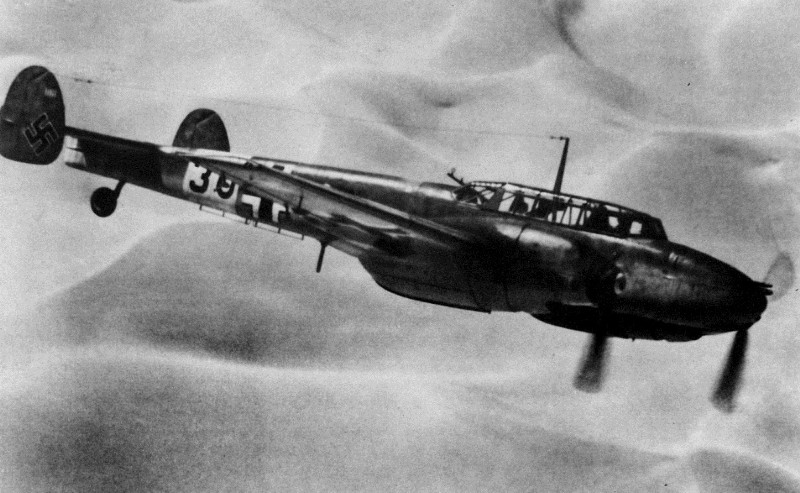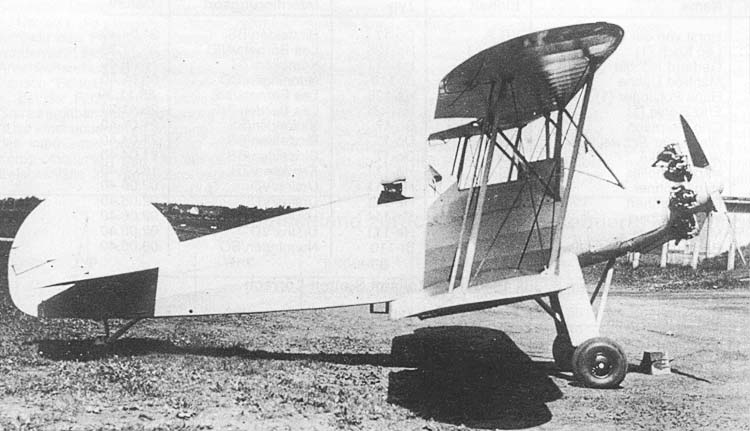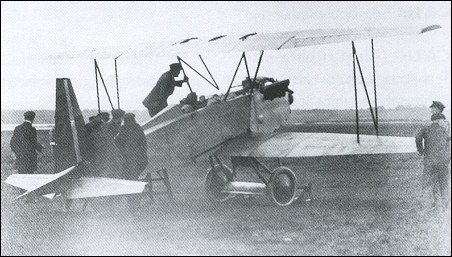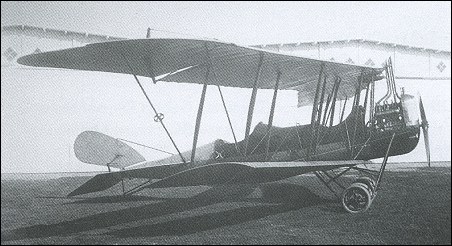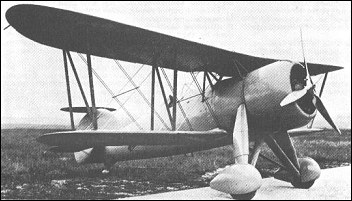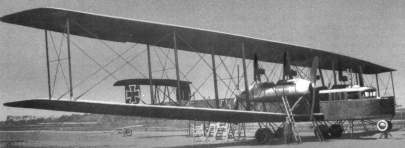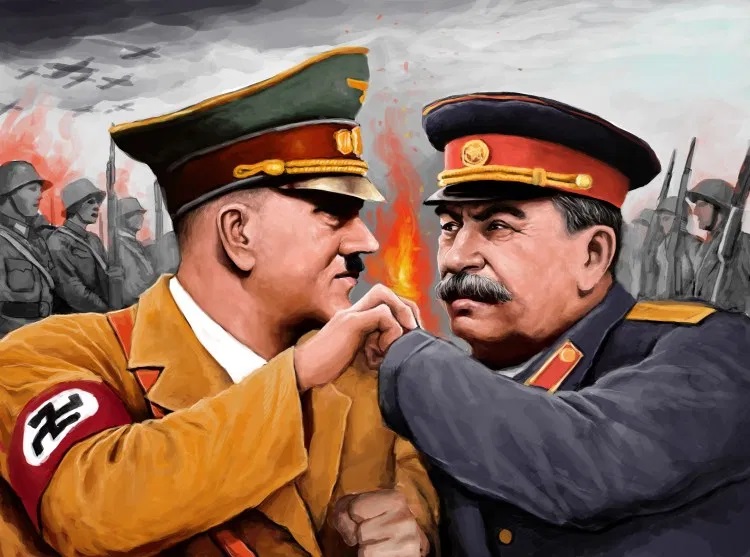
German-Soviet cooperation
Rappal Treaty between Germany and Soviet Russia signed on 16.4.1922, enabled both countries to emerge from international isolation and establish advantageous cooperation, especially economic, but also military. The secret part of the agreement dealt with cooperation between the general staffs of the German and Soviet armies. The most famous is the flight school in Lipetsk.
